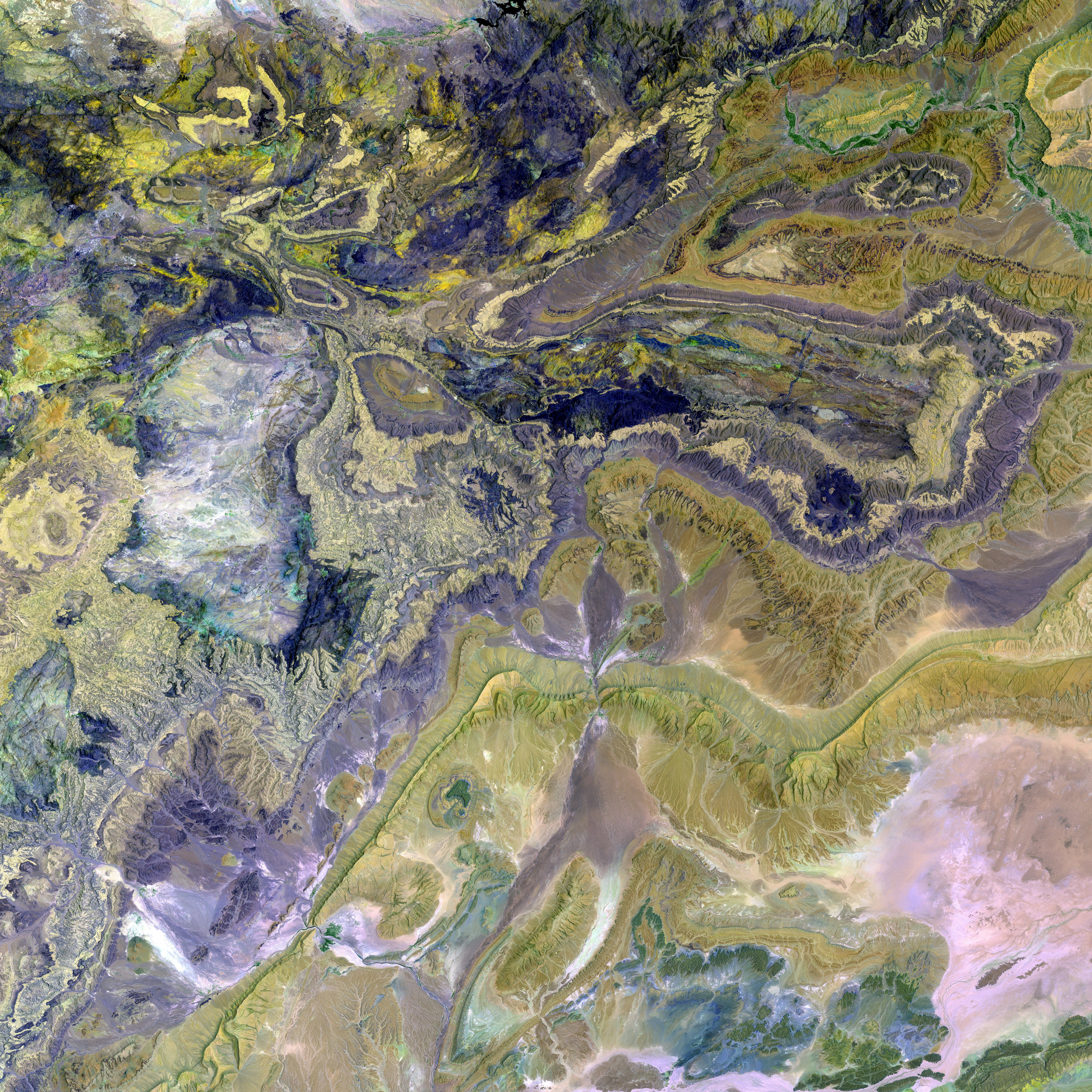Molecular Bonding through Optical Contact: Bridging the Macro and Micro Realms
In the realm of unconventional bonding methods, optical contact bonding stands out as a process that joins two surfaces together without the aid of adhesive. Instead, it relies on the intermolecular forces inherent in each surface.
This technique is intriguing because it utilizes forces, such as Van der Waals forces and hydrogen bonds, which typically play minimal roles due to the rough nature of most surfaces. However, when the surfaces are exceptionally smooth, these intermolecular forces become crucial. The surfaces must be pristine, with imperfections or contaminants no larger than a few nanometers, to allow for a permanent bond.
Although labor-intensive compared to using adhesives, the benefits of optical contact bonding are significant. When applied to high-precision optics, it creates an effectively uninterrupted optical interface, making it an ideal choice for such applications. However, with zero room for error, this technique requires absolute precision.
Our familiarity with the various forces at play in our daily lives is largely limited to their macro effects. We understand gravity and the friction of our hands against a glass surface, for instance. But at a molecular level, we're less aware of how different forces contribute to these macro effects.
Intermolecular forces, such as Van der Waals forces and hydrogen bonds, are responsible for many of these effects. They do not rely on chemical properties but instead depend on the mutual repulsion between the electron clouds of the atoms comprising the materials involved. While these forces are weak and drop off rapidly with distance, they are generally independent of temperature.
Gauge blocks, precision ground and lapped blocks of metal or ceramic that match a specific thickness, demonstrate the importance of surface smoothness. These blocks can adhere together in a near-permanent manner when their surfaces are smooth enough, allowing for the creation of longer gauge blocks with sub-millimeter accuracy.
The process of optical contact bonding was illustrated by researchers G. Kalkowski et al. in a 2011 paper. In their study, they used low-expansion fused silica and ultra-low expansion materials, demonstrating the method's effectiveness in glass-glass bonding for optical and precision engineering. Before joining, the surfaces were extensively cleaned in a vacuum environment to remove any contaminants.
Once prepared, the bonding process can be challenging. Unlike with gauge blocks, these super-smooth surfaces cannot be separated without considerable effort. Researchers joined the wafers and heated them to 250 °C to create permanent Si-O-Si bonds between the two surfaces, applying pressure for two hours using either nitrogen or oxygen gas.
While careful consideration must be given to the materials used, optical contact bonding offers a robust and effective solution for creating a strong bond between smooth surfaces in specific applications. However, to achieve this, a well-equipped laboratory and high precision are required.
Science and technology are integral to the field of optical contact bonding, as this method leverages intermolecular forces such as Van der Waals forces and hydrogen bonds for joining smooth surfaces without adhesives. This technique, while challenging and requiring absolute precision, offers significant benefits in applications that demand high-precision optics, such as creating an effectively uninterrupted optical interface.




